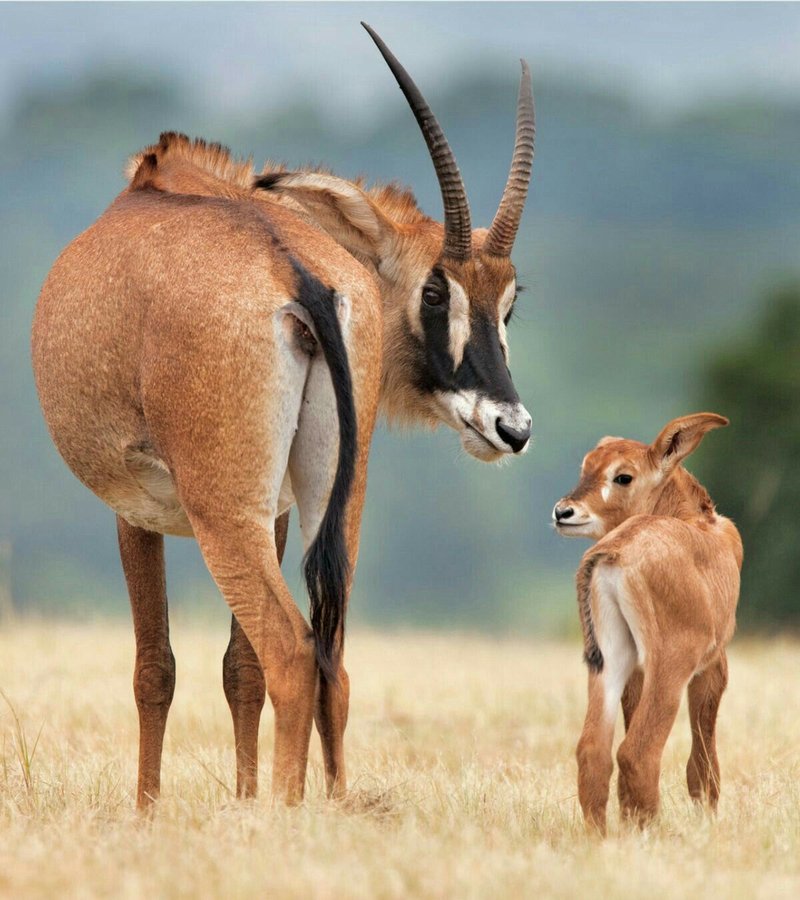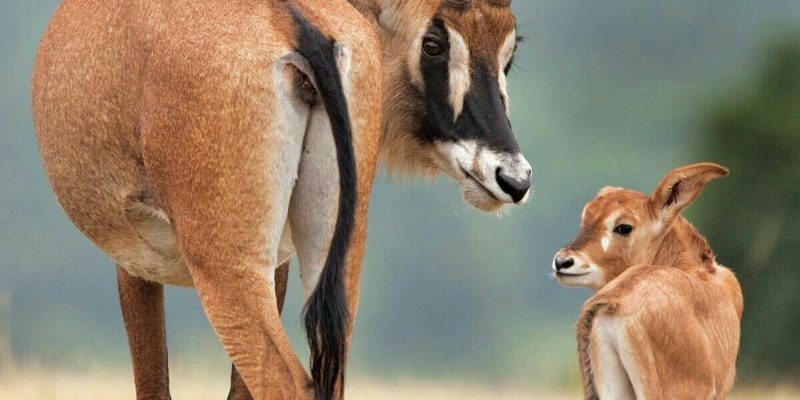
Imagine you’re sitting at a café, sipping your favorite drink, and diving into a chat about wildlife. You’d likely find that people have all sorts of opinions and beliefs about the Roan Antelope. Some think it’s just another common antelope, while others might believe it’s endangered. The truth, however, is a bit more layered. Let’s clear the air around some of the most frequent myths and misconceptions about this fascinating creature.
Myth 1: Roan Antelopes Are Common and Abundant
You might hear folks say that Roan Antelopes are everywhere in Africa, much like pigeons in a city. The truth is, this belief could not be further from reality. Roan Antelopes are actually classified as vulnerable, meaning their populations are declining in the wild. Factors such as habitat loss, hunting, and competition with livestock have all taken their toll.
Their homes are primarily in areas of savannah and woodlands, but as human development spreads, these habitats are getting smaller. It’s crucial to recognize that the Roan Antelope plays a unique role in its ecosystem, so its decline could disrupt the balance of the local wildlife community. Understanding this helps us appreciate the importance of conservation efforts.
Myth 2: Roan Antelopes Are Solitary Creatures
You might picture the Roan Antelope living a lone life, much like a rebellious teenager skipping school. However, these animals are incredibly social and often live in herds. A typical group of Roan Antelopes consists of several females, their young, and a few dominant males. The females tend to stick together, looking out for each other while raising their calves.
Herd life brings numerous advantages. It offers protection from predators and increases the chances of finding food and water. Plus, there’s a certain charm to watching a bunch of these elegant creatures interact, grazing and communicating with one another. Seeing them work together highlights the bond they share, making them truly fascinating animals.
Myth 3: Roan Antelopes Are Strictly Herbivores
When people think about Roan Antelopes, they often assume they strictly eat grass. While it’s true that they enjoy munching on grasses, they also have a more diverse diet. They’re known to nibble on leaves, fruits, and even flowers. Much like a well-rounded diet for humans, this variety helps Roan Antelopes get the nutrients they need to thrive.
Their unique digestive system allows them to efficiently process this range of foods. They can adapt to different environments and seasons, which is essential for survival in the wild. Understanding their dietary habits reminds us how interconnected life in the savannah truly is.
Myth 4: Roan Antelopes and Other Antelopes Are the Same
If you were to line up different antelopes, it might be easy to think they’re all the same. But the Roan Antelope is quite special! It’s known for its unique coloration, which features a striking mix of chestnut brown and grayish hues. This color isn’t just for looks; it helps them blend into their environment, making it harder for predators to spot them.
In addition to its distinct appearance, the Roan Antelope has unique behaviors and social structures that set it apart from other antelopes. For example, they often exhibit a calm demeanor, which might be surprising given their size and strength. Knowing these differences can enhance our appreciation for the diversity of wildlife.
Myth 5: Roan Antelopes Are Aggressive Animals
When people think about large animals, the word “aggressive” often comes to mind. However, Roan Antelopes aren’t as fiercer as they might seem. These animals typically prefer to avoid confrontation. They might be well-equipped with impressive horns, but they’re more likely to use their strength for defense than outright aggression.
If threatened, Roan Antelopes will use their speed to escape rather than engage. They’re quite smart, relying on their keen senses to detect danger before it strikes. This savvy behavior is a testament to their adaptability and survival instincts.
Myth 6: Roan Antelopes Are Not Important to Their Ecosystem
Many might think that the Roan Antelope doesn’t play a significant role in its ecosystem. However, they are crucial players in maintaining the balance of their environment. As herbivores, they help control the growth of vegetation, which can prevent overgrowth and support other plant species.
Additionally, their grazing patterns can help recycle nutrients back into the soil, benefiting the entire ecosystem. The more we learn about their impact, the clearer it becomes that every species, including the Roan Antelope, contributes to the health of our planet.
In Conclusion
Understanding the Roan Antelope means peeling back layers of myths and misconceptions. From their social behaviors to their importance in the ecosystem, this remarkable animal is much more complex than it appears. As we continue to learn and appreciate wildlife, it’s essential to approach these topics with curiosity and an open heart.
When we dispel myths and share accurate information, we can better support conservation efforts and promote a deeper understanding of the natural world around us. So next time someone mentions the Roan Antelope, you’ll be ready to share what you know—creating a ripple effect of knowledge and appreciation for these magnificent creatures.

